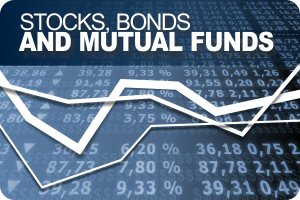For more than 400 years Manhattan has been the site of big trades, big gains and big losses. The island was originally purchased in 1626 from the Lenape Native Americans for a sum of 60 Dutch guilders, the equivalent of roughly $24, by the Walloon director-general Peter Minuit. At this time the city was hailed New Amsterdam.
Four decades later the Dutch lost the island to the English but gained another island, Run – one of the smallest of the Banda Islands of Indonesia – after a century of struggle over its ownership. The island was coveted for its nutmeg trees, from which both the spice nutmeg and mace were traded globally. Just before the Treaty of Breda was signed, following the end of the second Dutch-Anglo War of 1665-1667, the Duke of York renamed New Amsterdam New York. Unfortunately, in 1817, the Dutch monopoly on spice trade was ended when nutmeg trees that were sent and planted on various British colonies began yielding.
Continue reading “Wall Street: From New Amsterdam to this Quarter’s Close”



